Serverless Architectures: Benefits, Challenges, and Best Practices for 2025
Serverless computing is quickly becoming a dominant architectural approach in cloud-based development, and with the advancements in 2025, it's essential for developers to understand how to leverage this technology effectively. Here's an overview of the benefits, challenges, and best practices when working with serverless architectures. Benefits of Serverless Architectures 1.Cost-Efficiency: Serverless computing allows you to pay only for the actual resources used, rather than reserving or managing entire servers. This pay-as-you-go model can significantly reduce operational costs. This model eliminates the need to manage idle server time, which often leads to wasted resources and unnecessary costs. 2.Scalability: Serverless functions automatically scale based on demand. Whether your application experiences a sudden spike in traffic or a consistent load, serverless platforms like AWS Lambda, Azure Functions, and Google Cloud Functions can handle scaling with minimal intervention. This scalability ensures that resources are allocated efficiently, without requiring manual configuration. 3.Faster Time-to-Market: Serverless architectures allow developers to focus more on writing code and less on managing infrastructure. This can speed up development cycles and reduce the time to launch new features or applications. DevOps complexity is reduced as there is no need for server provisioning, patching, or maintenance tasks. 4.Automatic Updates and Maintenance: With serverless, cloud providers automatically handle updates, patches, and other maintenance tasks, reducing the operational overhead for developers and businesses. 5.Improved Developer Productivity: Developers can work on building features instead of managing infrastructure. Serverless frameworks allow for faster iterations, which can be especially beneficial for startups and rapid prototyping. Challenges of Serverless Architectures 1.Cold Start Latency One of the key challenges with serverless functions is the cold start problem. When a function is not called for a period of time, the platform has to "warm it up" before executing the function. This can cause latency issues for the initial requests. Solutions such as keeping functions "warm" or using optimized serverless platforms can mitigate this, but it's still an area of concern for time-sensitive applications. 2.Limited Execution Time: Many serverless platforms impose execution time limits for each function, which can be problematic for long-running tasks. For instance, AWS Lambda has a maximum execution time of 15 minutes. This constraint requires developers to rethink how they structure long-running processes, often breaking them into smaller, more manageable tasks. 3.Vendor Lock-In: Serverless applications often depend heavily on the specific features of the cloud provider's platform. This can lead to vendor lock-in, making it difficult to migrate to another cloud provider without significant re-architecture. Developers need to be aware of the trade-offs involved in choosing a particular provider and understand the limitations of platform-specific services. 4.Debugging and Monitoring: Debugging serverless applications can be challenging, especially when dealing with distributed microservices. Traditional debugging tools may not be suitable for serverless environments, making it difficult to trace errors across different functions. Additionally, monitoring and logging require careful integration to ensure that you have full visibility into application performance. 5.Security: Serverless functions can introduce new security challenges due to the distributed nature of the architecture. Protecting data and ensuring secure communication between functions is critical. Proper access control mechanisms, encryption, and monitoring should be implemented to reduce security risks. Best Practices for Serverless Architectures in 2025 1.Optimize Cold Starts: To minimize cold start latency, choose the appropriate runtime environment for your functions (e.g., use lighter runtimes like Node.js instead of heavier ones like Java). Consider using provisioned concurrency in platforms like AWS Lambda to keep functions warm. Group smaller functions to avoid the overhead of cold starts. 2.Leverage Microservices: Break down applications into smaller microservices that can run independently in serverless functions. This improves scalability and makes it easier to manage deployments. Ensure that each function is responsible for a single purpose to maintain clarity and separation of concerns. 3.Use API Gateways: Utilize API Gateways to manage and route traffic to serverless functions. This simplifies handling HTTP requests and managing API versions. 4.Implement Robust Monitoring and Logging: Integrate serverless applications with cloud-native monitoring and logging tools to gain insights into the performance and health of functions. Platforms like AWS CloudWatch, Azure Monit

Serverless computing is quickly becoming a dominant architectural approach in cloud-based development, and with the advancements in 2025, it's essential for developers to understand how to leverage this technology effectively. Here's an overview of the benefits, challenges, and best practices when working with serverless architectures.
Benefits of Serverless Architectures
1.Cost-Efficiency:
- Serverless computing allows you to pay only for the actual resources used, rather than reserving or managing entire servers. This pay-as-you-go model can significantly reduce operational costs.
- This model eliminates the need to manage idle server time, which often leads to wasted resources and unnecessary costs.
2.Scalability:
- Serverless functions automatically scale based on demand. Whether your application experiences a sudden spike in traffic or a consistent load, serverless platforms like AWS Lambda, Azure Functions, and Google Cloud Functions can handle scaling with minimal intervention.
- This scalability ensures that resources are allocated efficiently, without requiring manual configuration.
3.Faster Time-to-Market:
- Serverless architectures allow developers to focus more on writing code and less on managing infrastructure. This can speed up development cycles and reduce the time to launch new features or applications.
- DevOps complexity is reduced as there is no need for server provisioning, patching, or maintenance tasks.
4.Automatic Updates and Maintenance:
- With serverless, cloud providers automatically handle updates, patches, and other maintenance tasks, reducing the operational overhead for developers and businesses.
5.Improved Developer Productivity:
- Developers can work on building features instead of managing infrastructure. Serverless frameworks allow for faster iterations, which can be especially beneficial for startups and rapid prototyping.
Challenges of Serverless Architectures
1.Cold Start Latency
- One of the key challenges with serverless functions is the cold start problem. When a function is not called for a period of time, the platform has to "warm it up" before executing the function. This can cause latency issues for the initial requests.
- Solutions such as keeping functions "warm" or using optimized serverless platforms can mitigate this, but it's still an area of concern for time-sensitive applications.
2.Limited Execution Time:
- Many serverless platforms impose execution time limits for each function, which can be problematic for long-running tasks. For instance, AWS Lambda has a maximum execution time of 15 minutes.
- This constraint requires developers to rethink how they structure long-running processes, often breaking them into smaller, more manageable tasks.
3.Vendor Lock-In:
- Serverless applications often depend heavily on the specific features of the cloud provider's platform. This can lead to vendor lock-in, making it difficult to migrate to another cloud provider without significant re-architecture.
- Developers need to be aware of the trade-offs involved in choosing a particular provider and understand the limitations of platform-specific services.
4.Debugging and Monitoring:
- Debugging serverless applications can be challenging, especially when dealing with distributed microservices. Traditional debugging tools may not be suitable for serverless environments, making it difficult to trace errors across different functions.
- Additionally, monitoring and logging require careful integration to ensure that you have full visibility into application performance.
5.Security:
- Serverless functions can introduce new security challenges due to the distributed nature of the architecture. Protecting data and ensuring secure communication between functions is critical.
- Proper access control mechanisms, encryption, and monitoring should be implemented to reduce security risks.
Best Practices for Serverless Architectures in 2025
1.Optimize Cold Starts:
- To minimize cold start latency, choose the appropriate runtime environment for your functions (e.g., use lighter runtimes like Node.js instead of heavier ones like Java). Consider using provisioned concurrency in platforms like AWS Lambda to keep functions warm.
- Group smaller functions to avoid the overhead of cold starts.
2.Leverage Microservices:
- Break down applications into smaller microservices that can run independently in serverless functions. This improves scalability and makes it easier to manage deployments.
- Ensure that each function is responsible for a single purpose to maintain clarity and separation of concerns.
3.Use API Gateways:
Utilize API Gateways to manage and route traffic to serverless functions. This simplifies handling HTTP requests and managing API versions.
4.Implement Robust Monitoring and Logging:
- Integrate serverless applications with cloud-native monitoring and logging tools to gain insights into the performance and health of functions. Platforms like AWS CloudWatch, Azure Monitor, or Google Cloud Operations suite provide valuable metrics and logs.
- Set up alerts for performance issues, errors, and security anomalies.
5.Focus on Security:
Adopt security best practices such as least privilege access for functions and ensure proper encryption for data in transit and at rest.
Use tools like AWS IAM roles or Azure Managed Identity to secure function access and limit exposure to unnecessary resources.
6.Manage State Efficiently:
Serverless functions are stateless by nature. For managing state, consider integrating external storage solutions like AWS S3, DynamoDB, or Azure Blob Storage.
Use stateful services or serverless databases that automatically scale to handle the data load.
7.Plan for Cost Optimization:
- Although serverless architectures are cost-effective, over-provisioning or poor function design can lead to excessive costs. Carefully monitor and optimize the memory and execution time of each function to ensure you are only using the necessary resources.
- Review your usage regularly to spot inefficiencies.
8.Design for Event-Driven Architectures:
- Serverless works best in event-driven architectures where functions are triggered by events such as HTTP requests, database changes, or message queue events.
- Integrate serverless with event brokers like AWS SNS, Azure Event Grid, or Google Cloud Pub/Sub to trigger functions asynchronously.
Conclusion
Serverless architectures offer many benefits, including cost efficiency, scalability, and improved developer productivity. However, they also come with unique challenges, such as cold start latency, execution time limits, and potential vendor lock-in. By following best practices and staying informed about the latest advancements in 2025, developers can successfully harness the power of serverless computing while avoiding common pitfalls.
As businesses continue to embrace serverless computing, it’s crucial to keep these key considerations in mind to ensure that your applications remain performant, secure, and cost-effective.


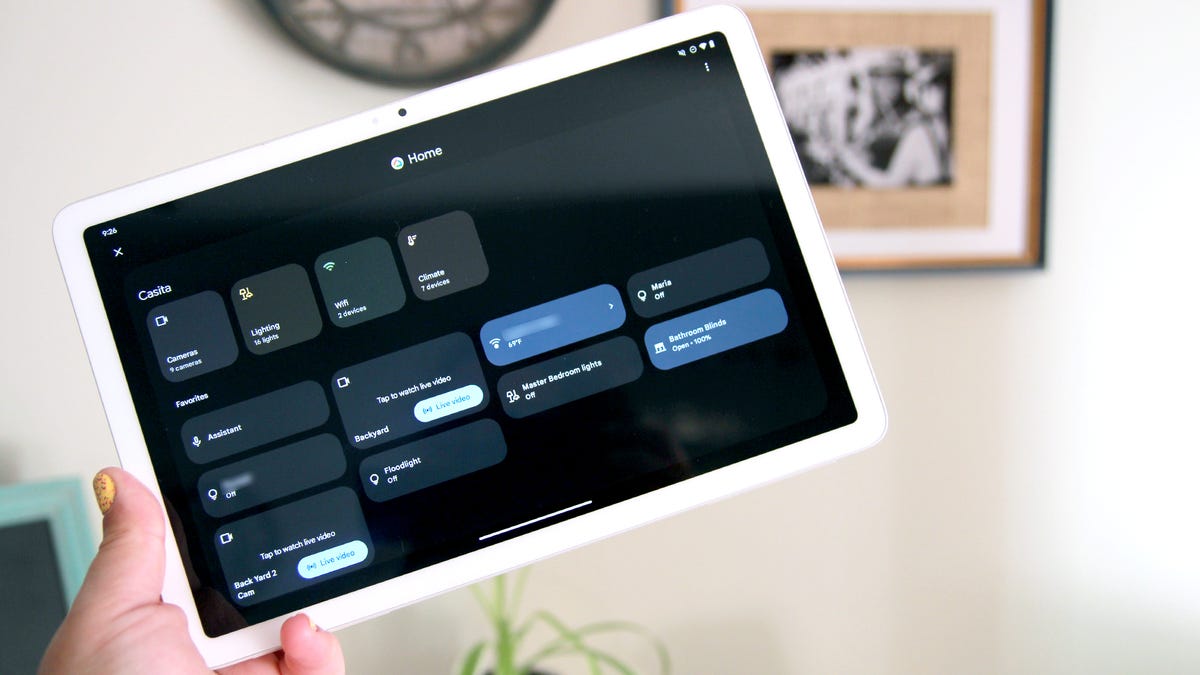
















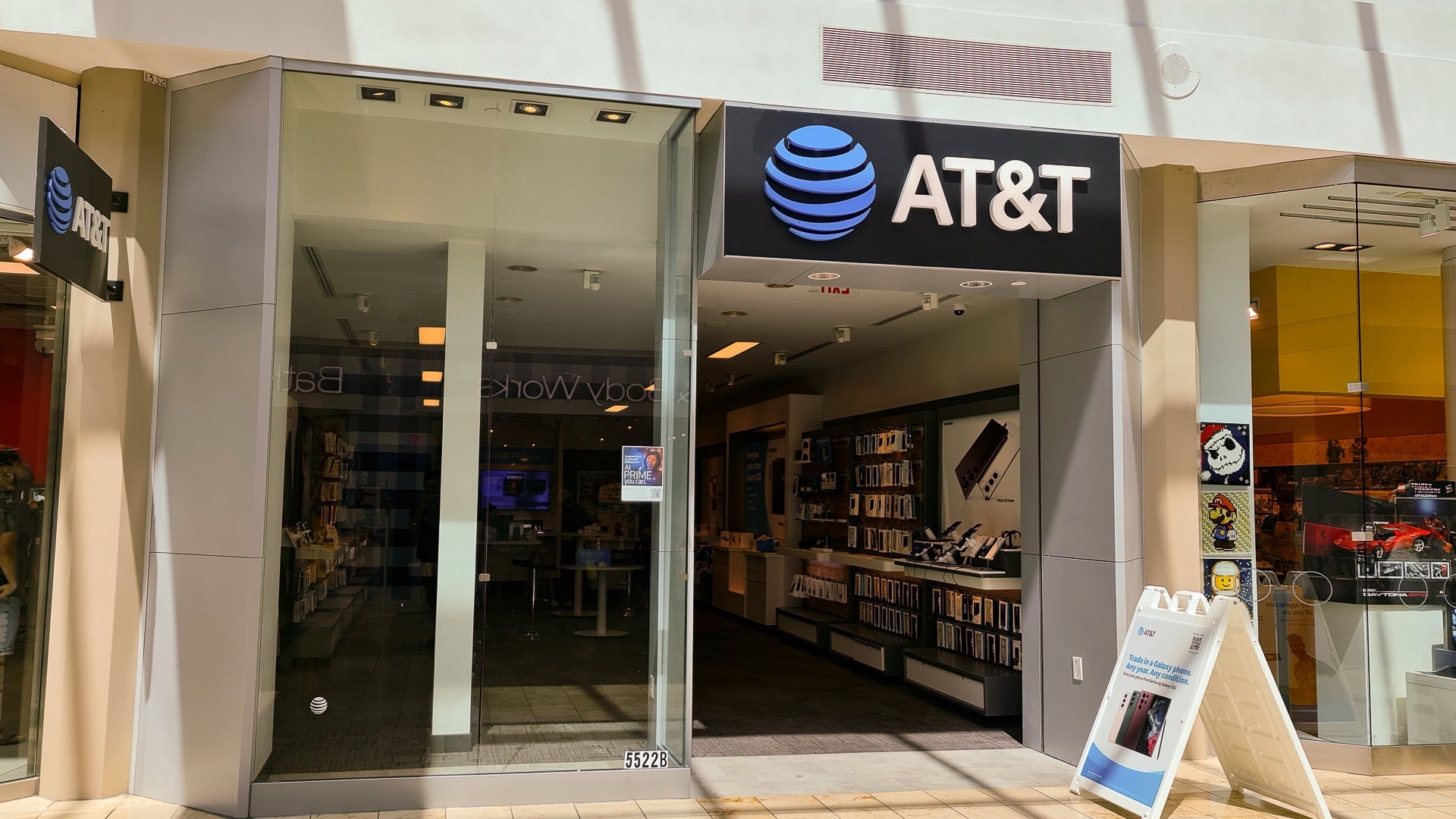































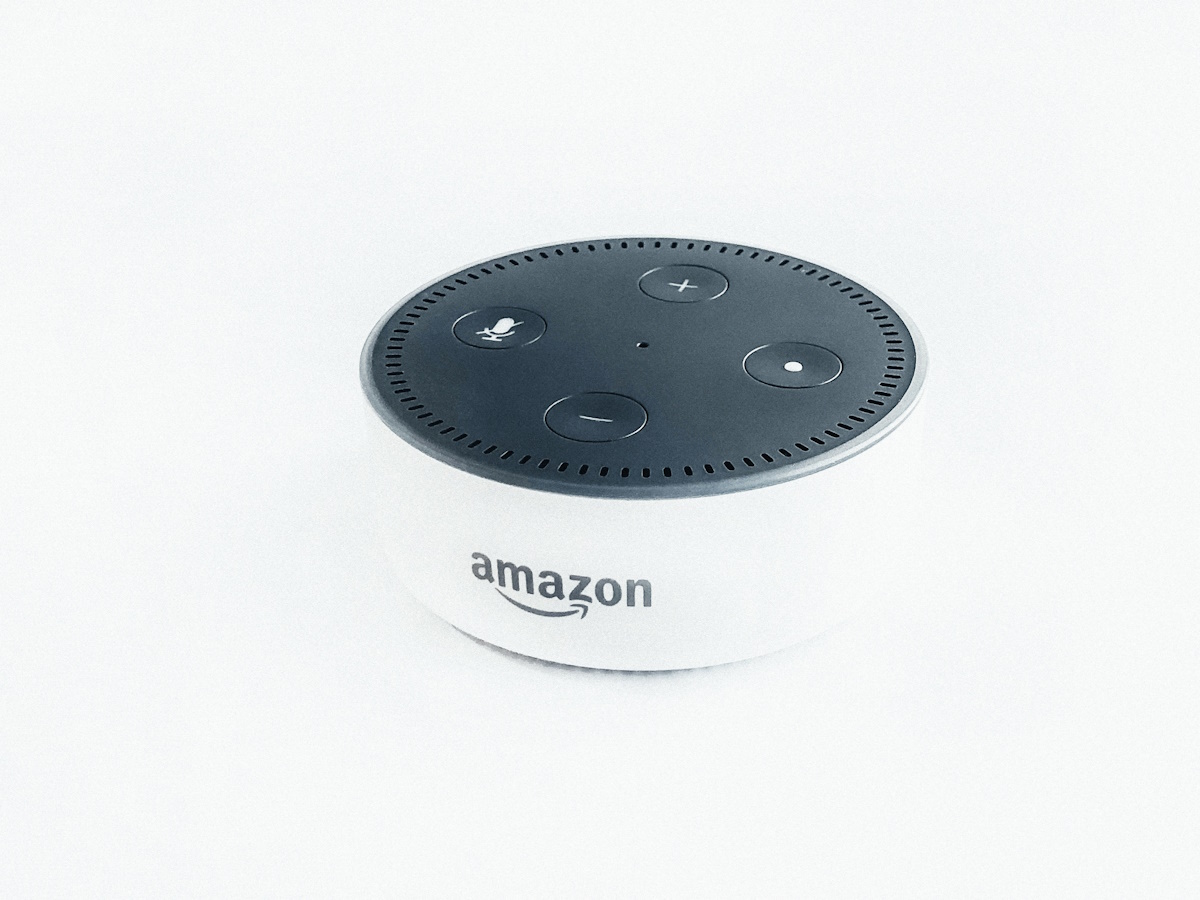
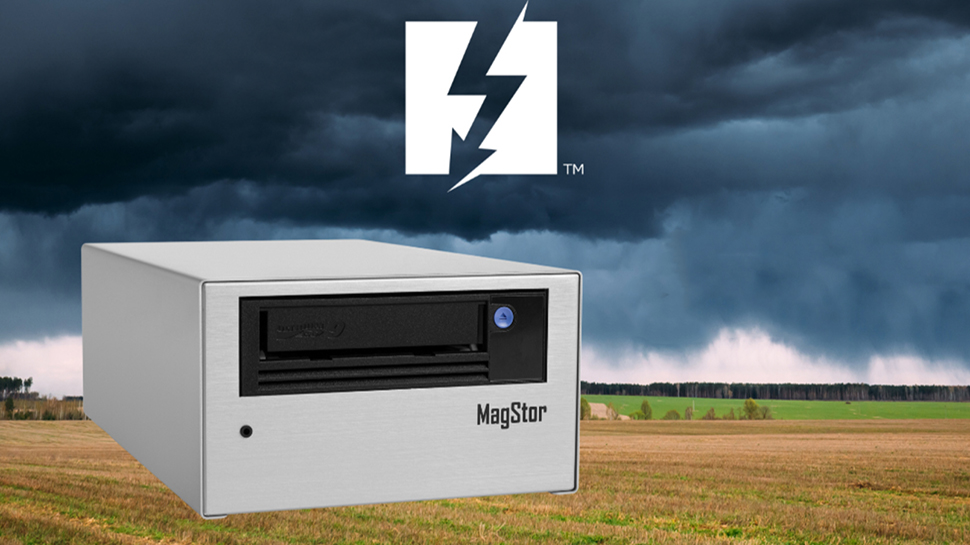


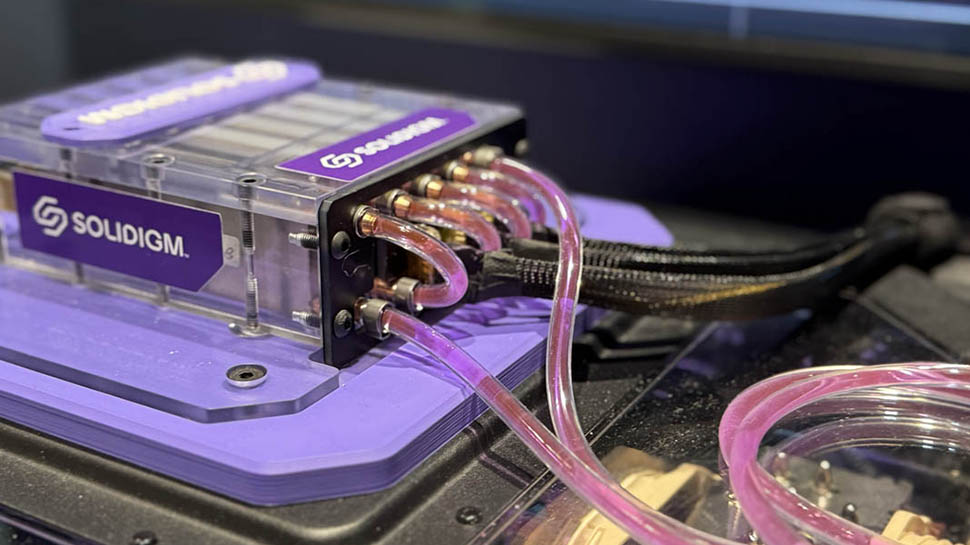












![Apple's M5 iPad Pro Enters Advanced Testing for 2025 Launch [Gurman]](https://www.iclarified.com/images/news/96865/96865/96865-640.jpg)
![M5 MacBook Pro Set for Late 2025, Major Redesign Waits Until 2026 [Gurman]](https://www.iclarified.com/images/news/96868/96868/96868-640.jpg)
![Apple to Revamp Health App with AI-Powered Doctor [Gurman]](https://www.iclarified.com/images/news/96870/96870/96870-640.jpg)
![Lowest Prices Ever: Apple Pencil Pro Just $79.99, USB-C Pencil Only $49.99 [Deal]](https://www.iclarified.com/images/news/96863/96863/96863-640.jpg)














![What Google Messages features are rolling out [March 2025]](https://i0.wp.com/9to5google.com/wp-content/uploads/sites/4/2023/12/google-messages-name-cover.png?resize=1200%2C628&quality=82&strip=all&ssl=1)










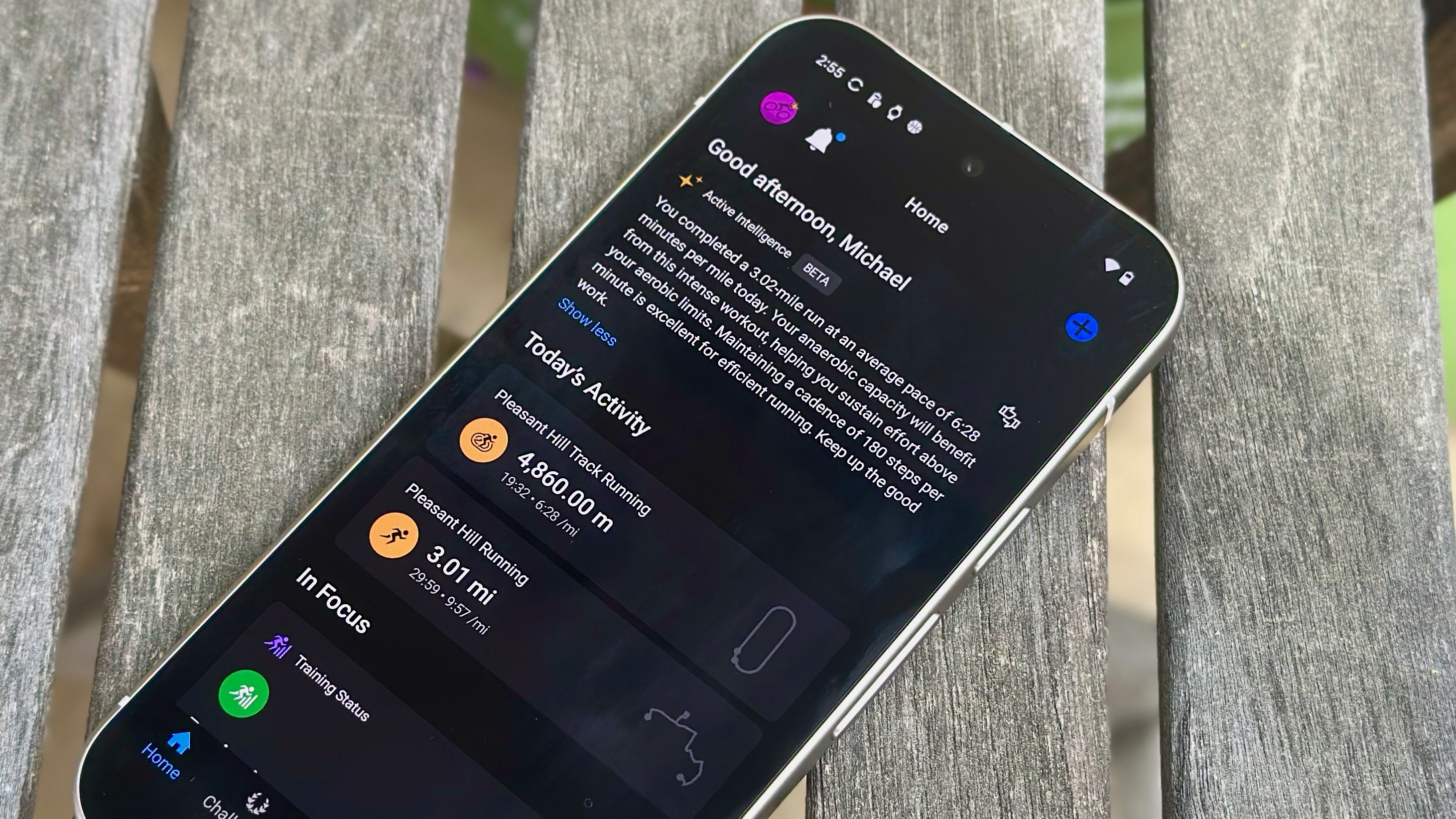






























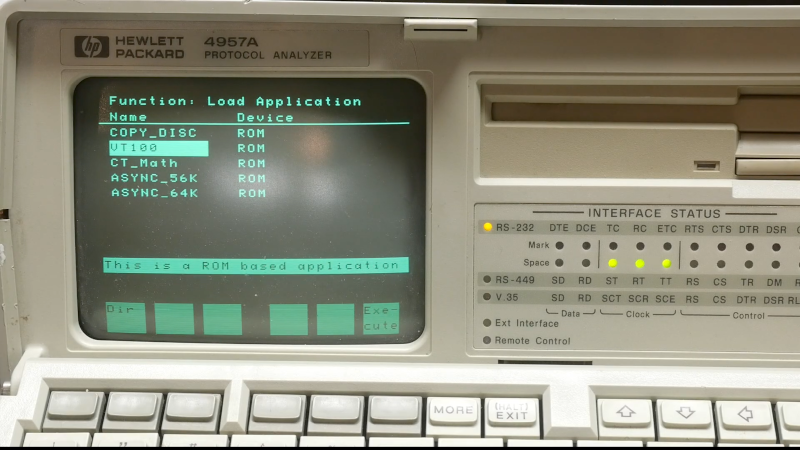













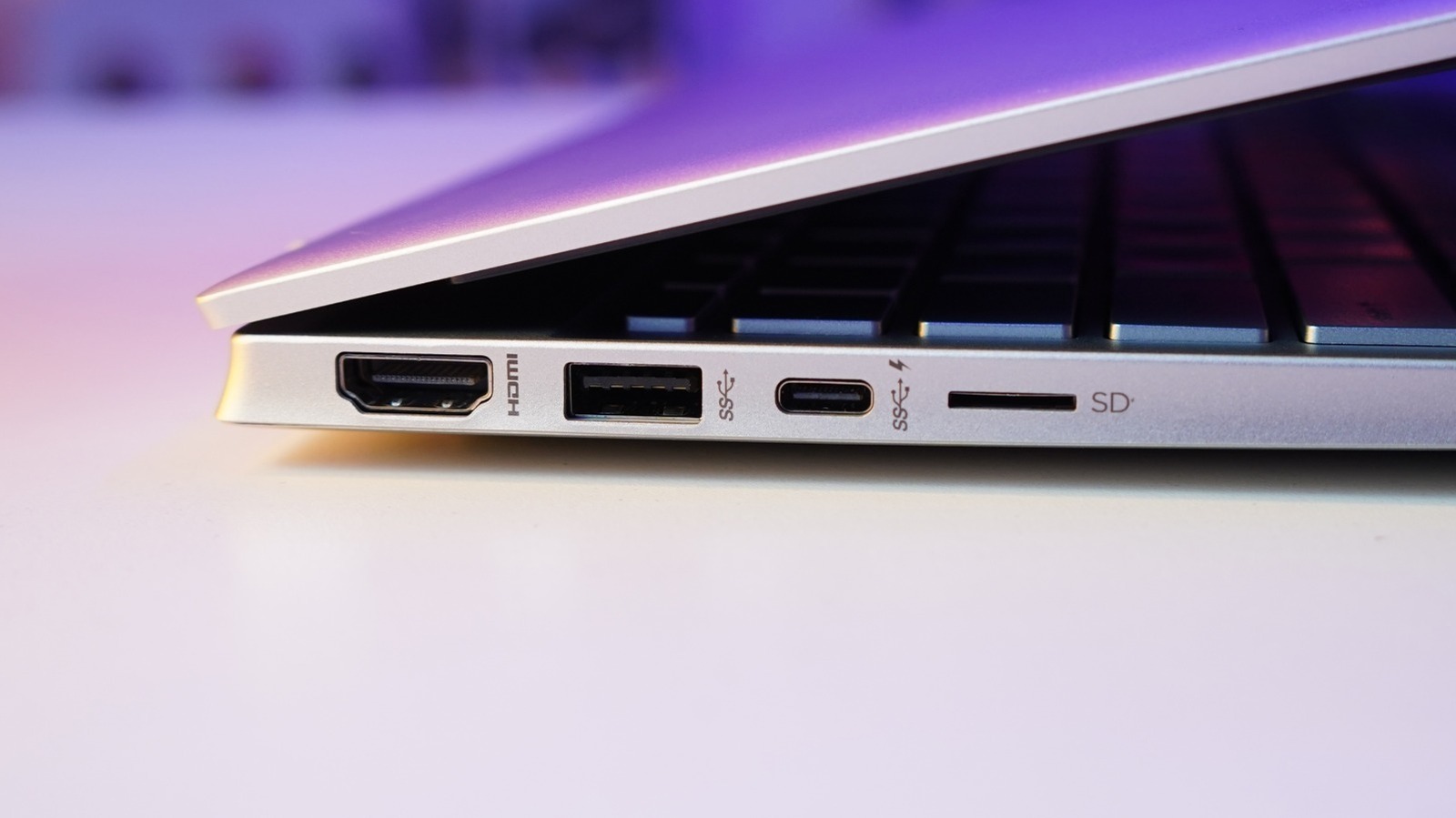




































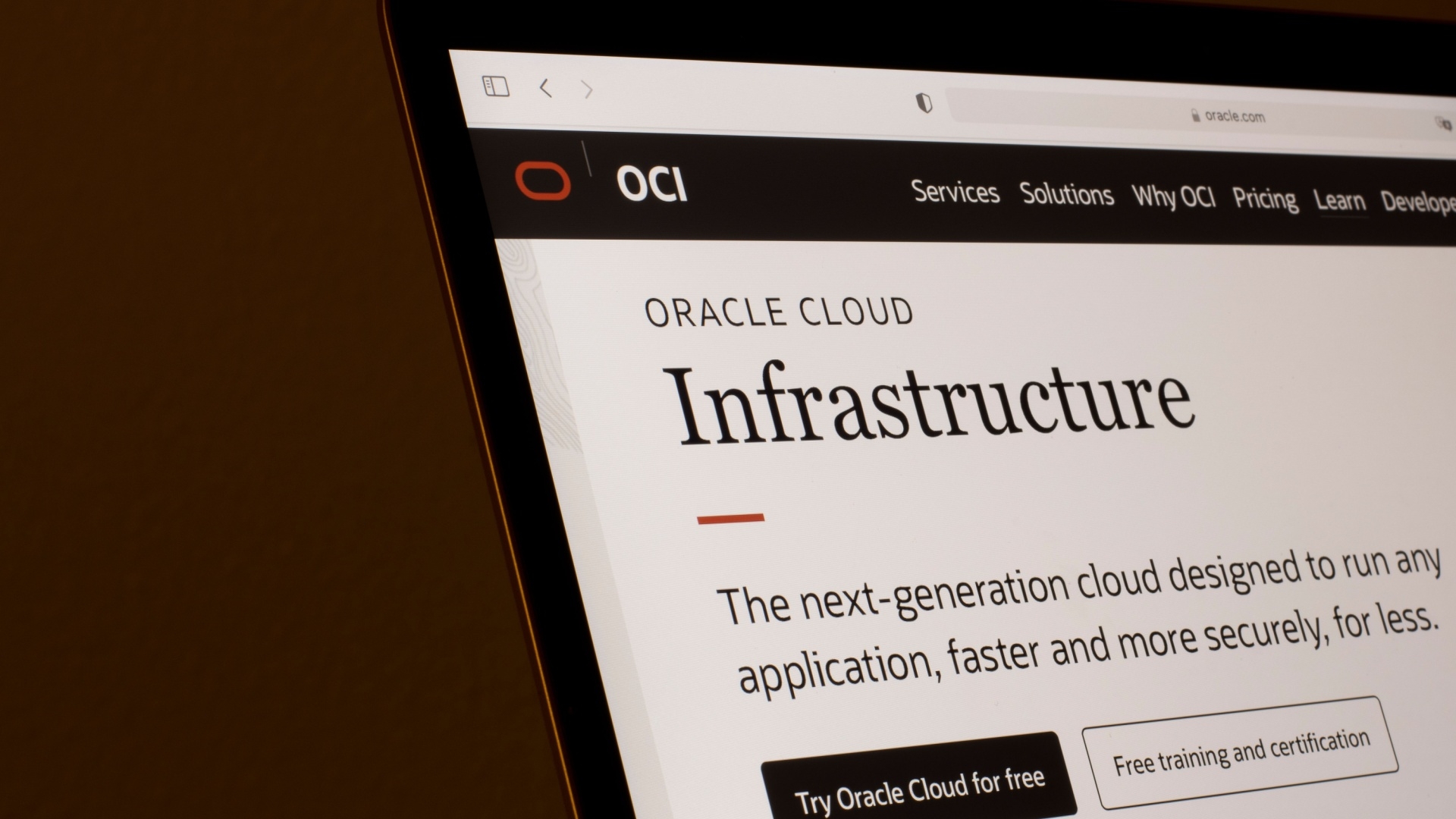







































































![[The AI Show Episode 141]: Road to AGI (and Beyond) #1 — The AI Timeline is Accelerating](https://www.marketingaiinstitute.com/hubfs/ep%20141.1.png)
![[The AI Show Episode 140]: New AGI Warnings, OpenAI Suggests Government Policy, Sam Altman Teases Creative Writing Model, Claude Web Search & Apple’s AI Woes](https://www.marketingaiinstitute.com/hubfs/ep%20140%20cover.png)
![[The AI Show Episode 139]: The Government Knows AGI Is Coming, Superintelligence Strategy, OpenAI’s $20,000 Per Month Agents & Top 100 Gen AI Apps](https://www.marketingaiinstitute.com/hubfs/ep%20139%20cover-2.png)

























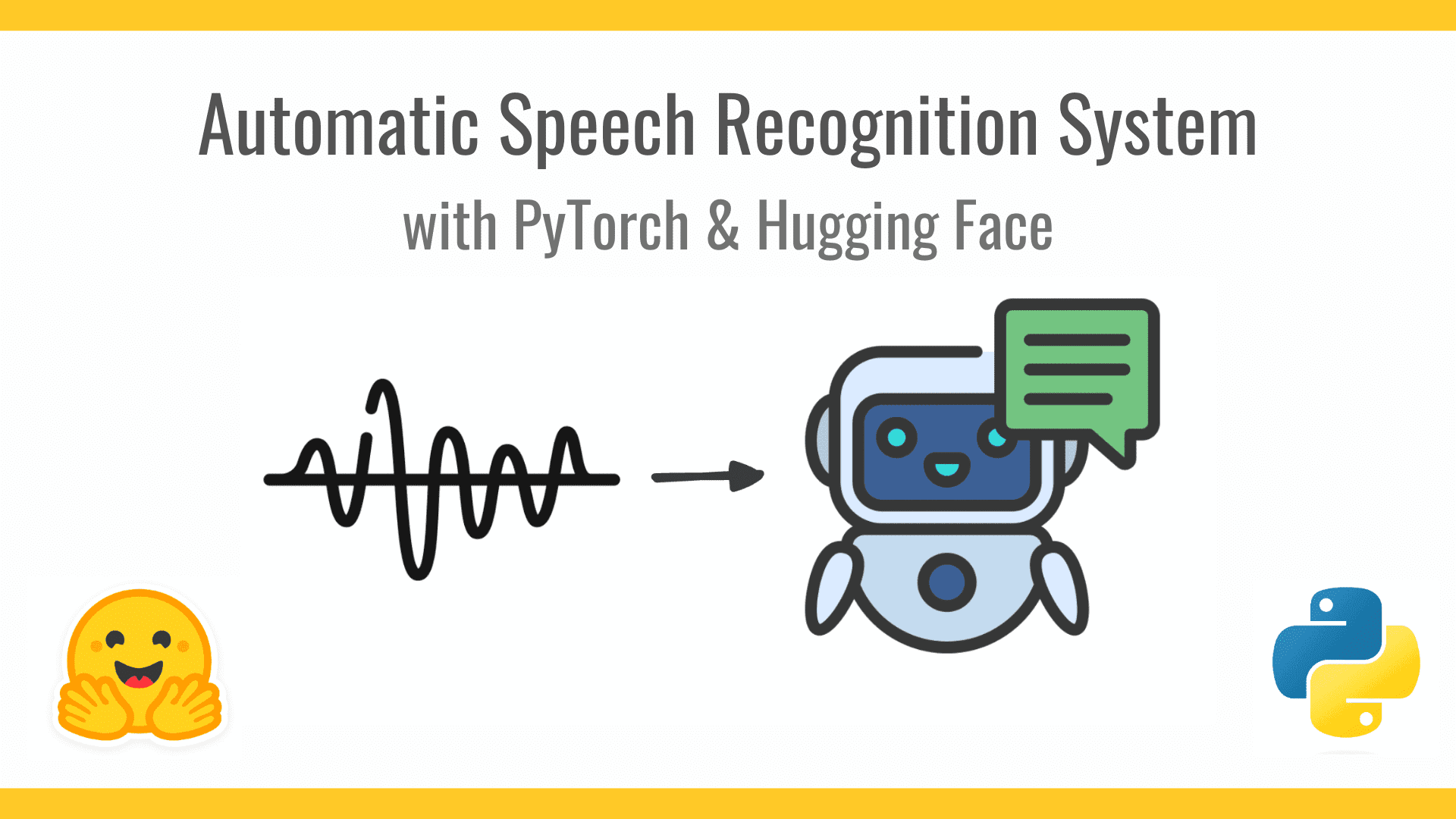


































































































![From broke musician to working dev. How college drop-out Ryan Furrer taught himself to code [Podcast #166]](https://cdn.hashnode.com/res/hashnode/image/upload/v1743189826063/2080cde4-6fc0-46fb-b98d-b3d59841e8c4.png?#)



![[FREE EBOOKS] The Ultimate Linux Shell Scripting Guide, Artificial Intelligence for Cybersecurity & Four More Best Selling Titles](https://www.javacodegeeks.com/wp-content/uploads/2012/12/jcg-logo.jpg)



































.png?#)






















































